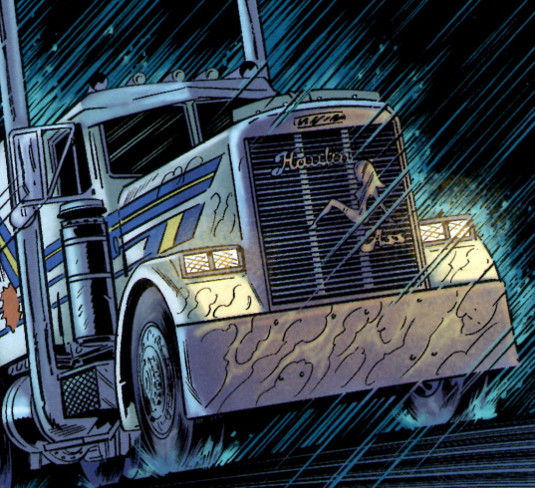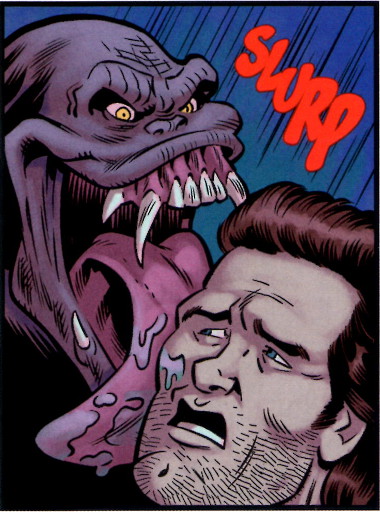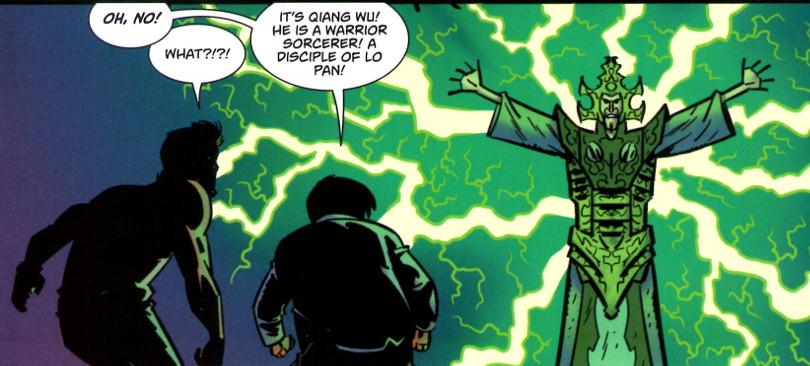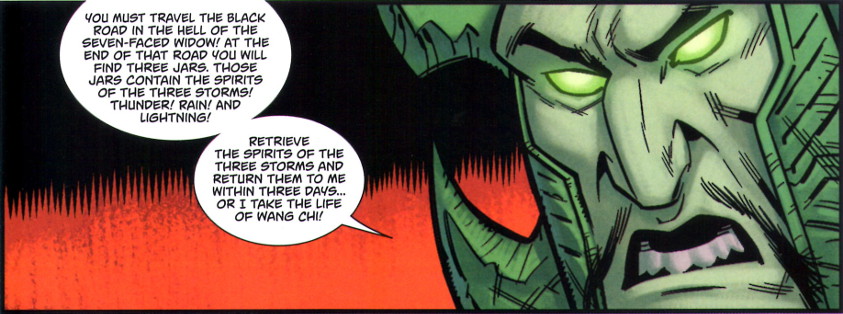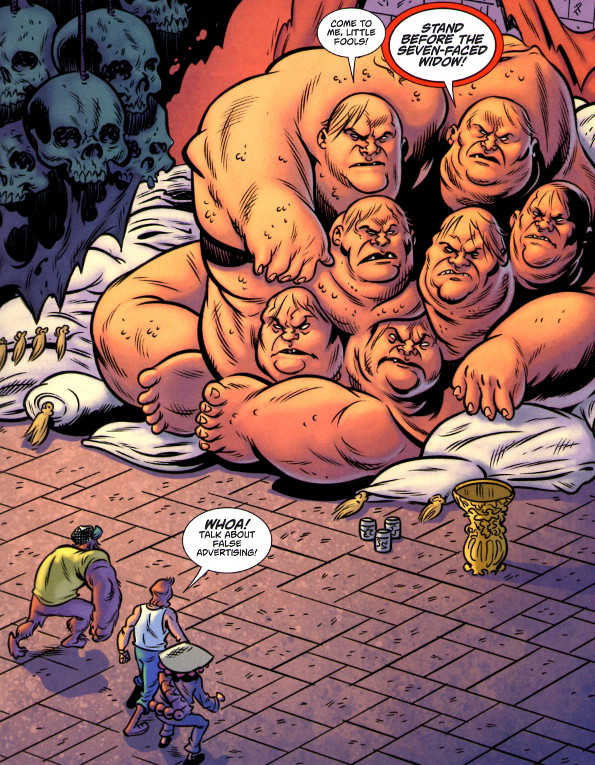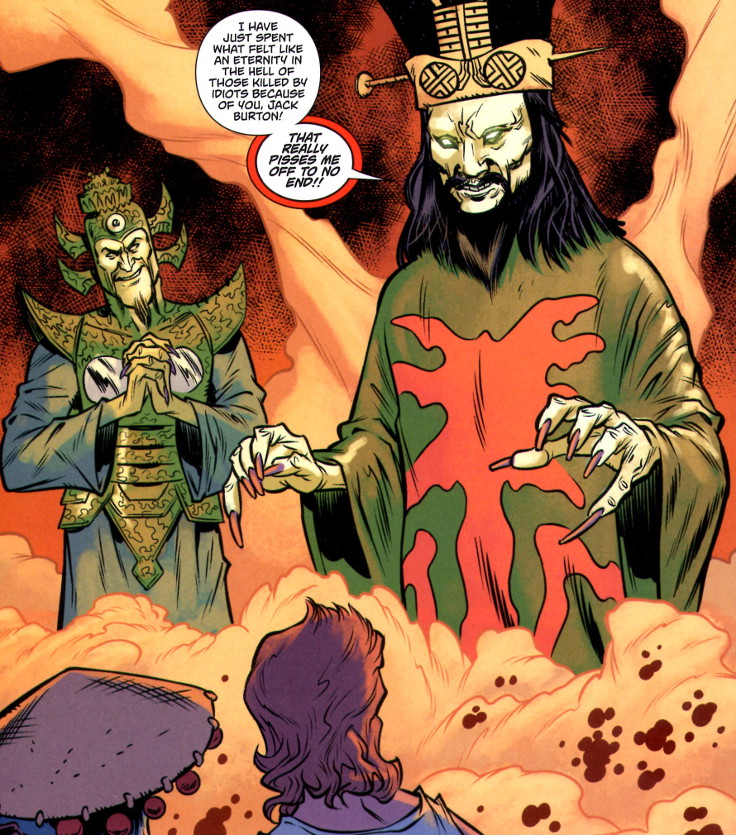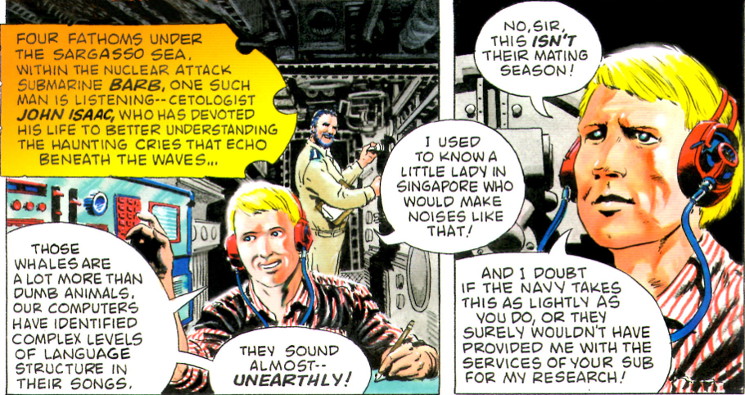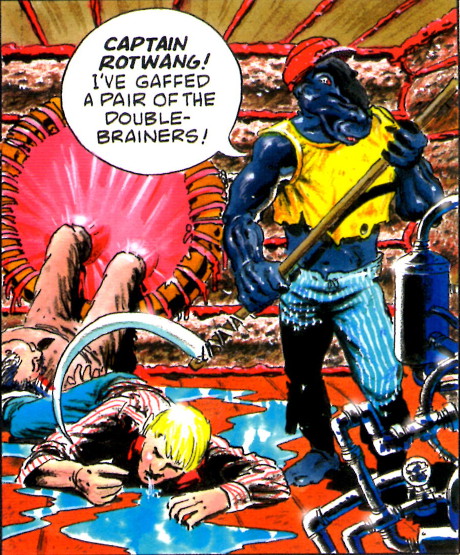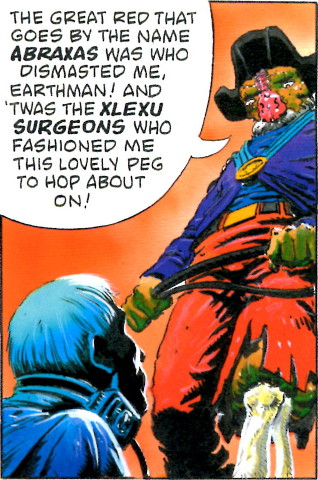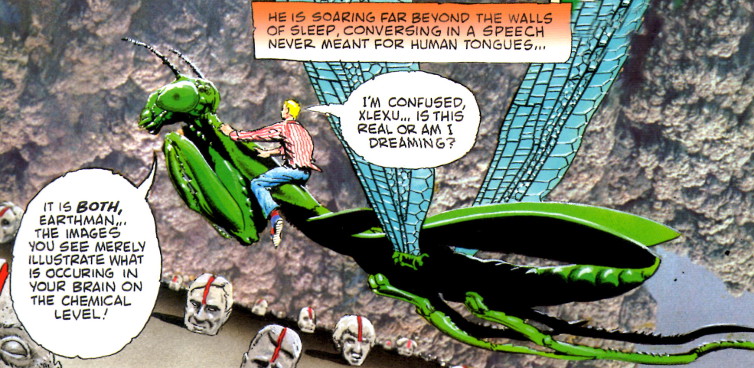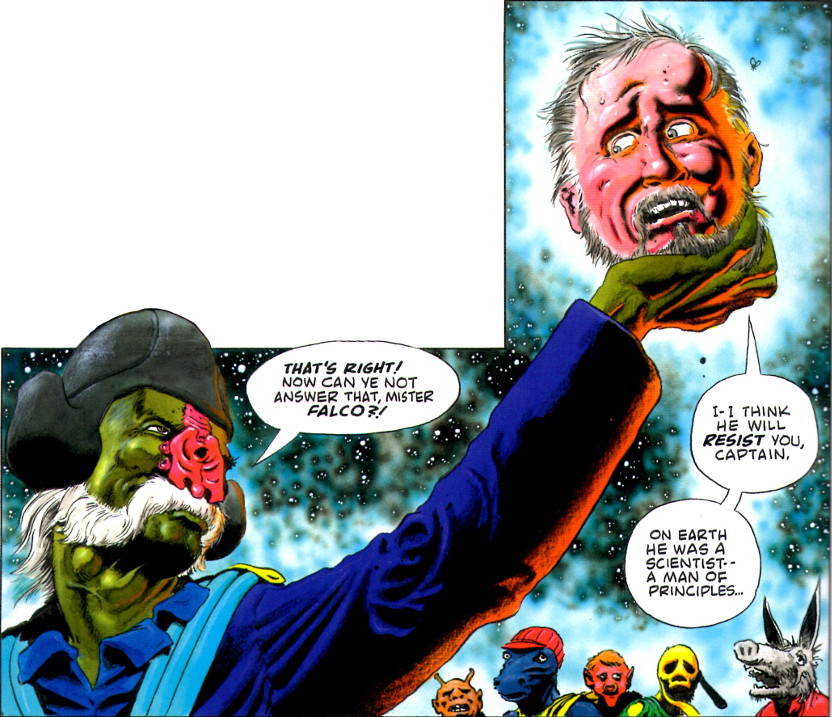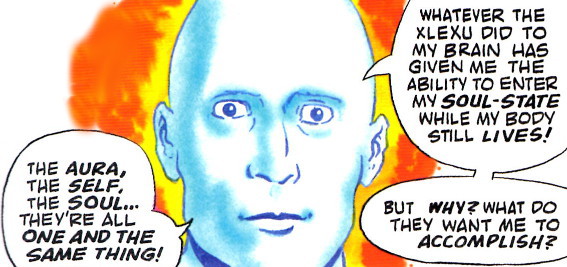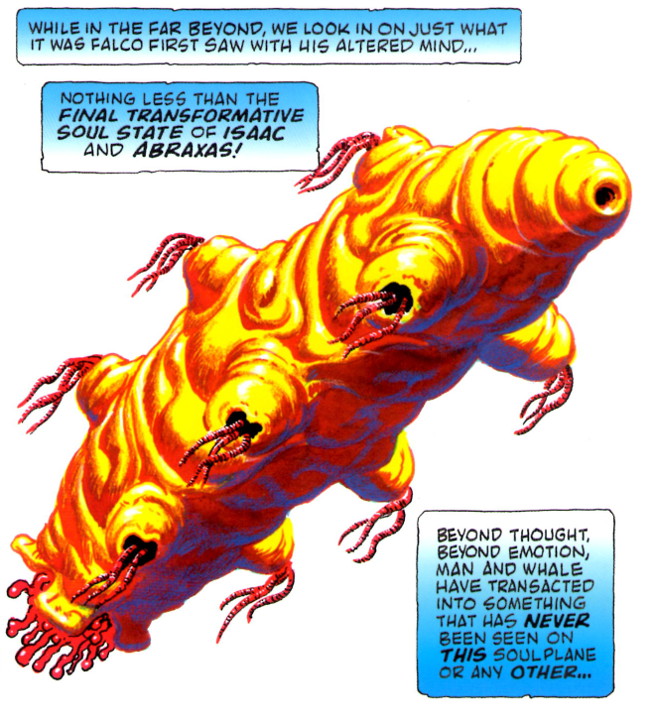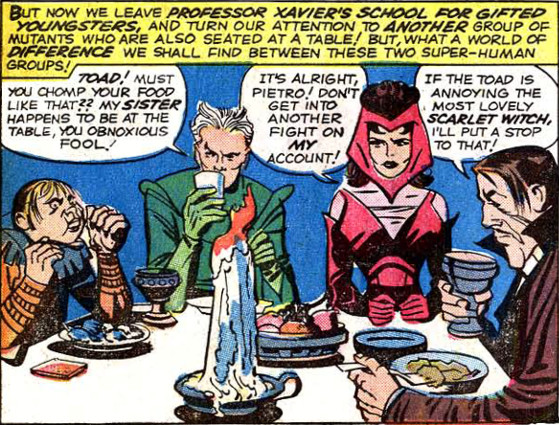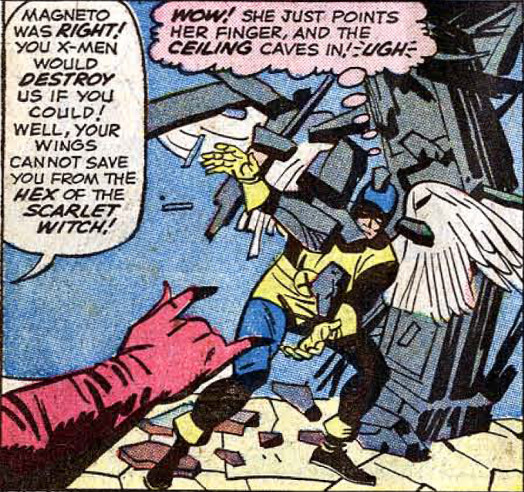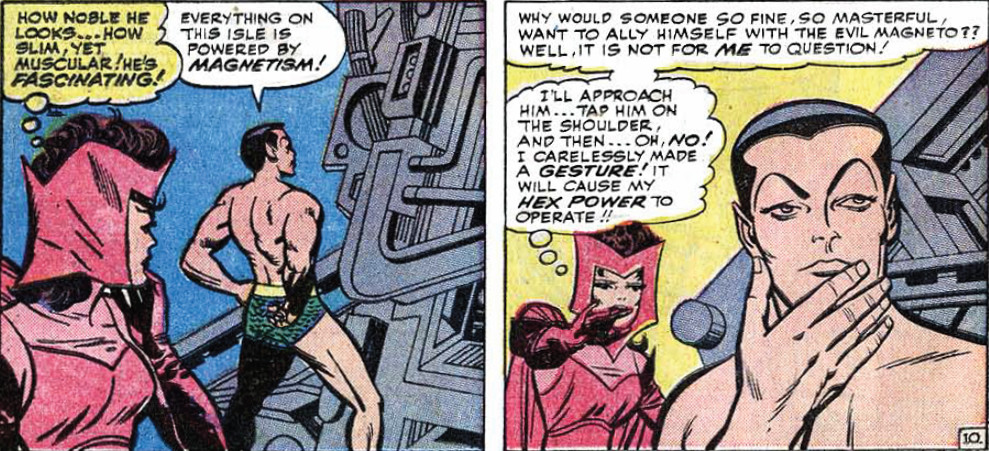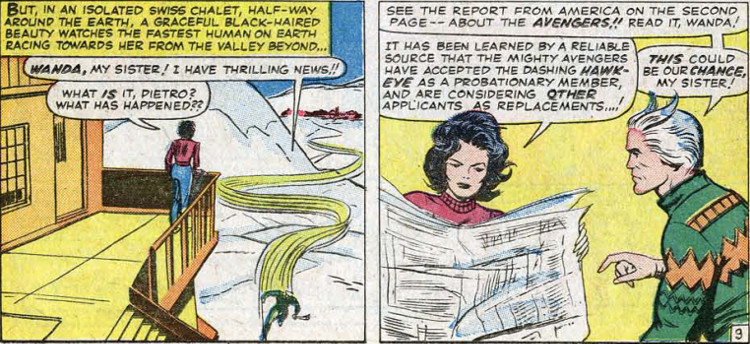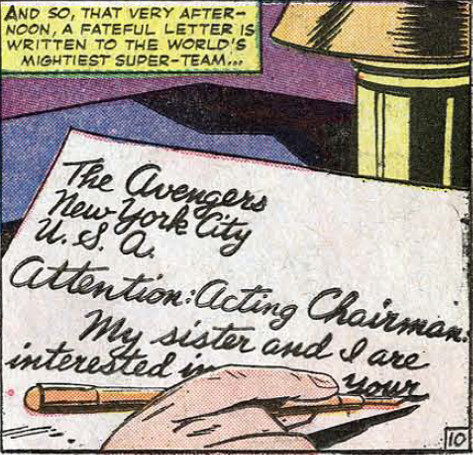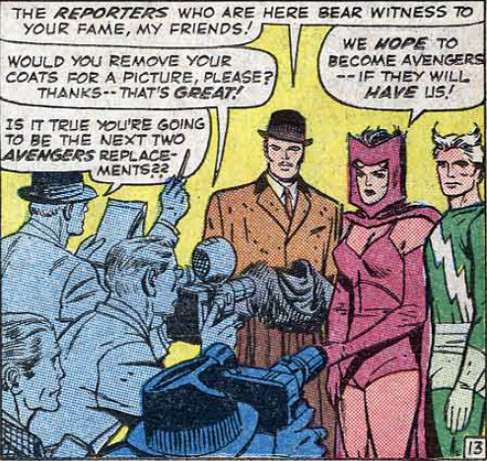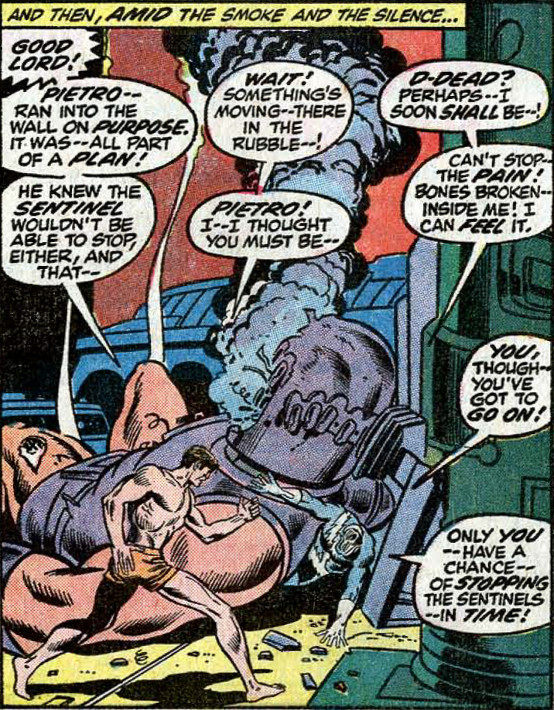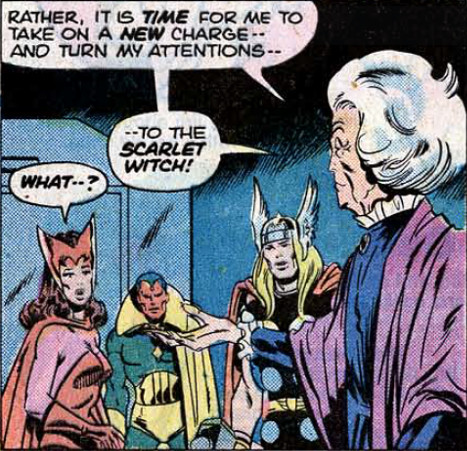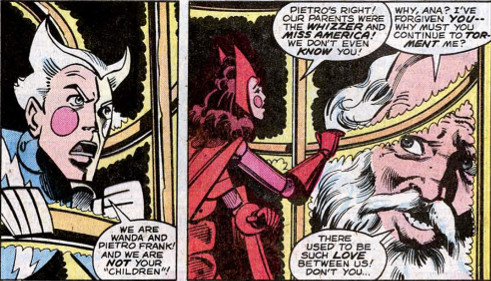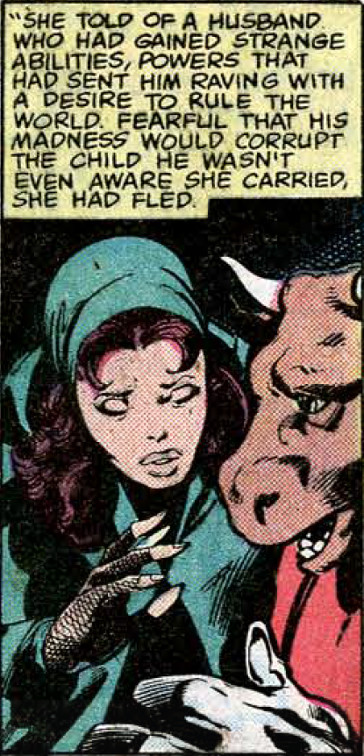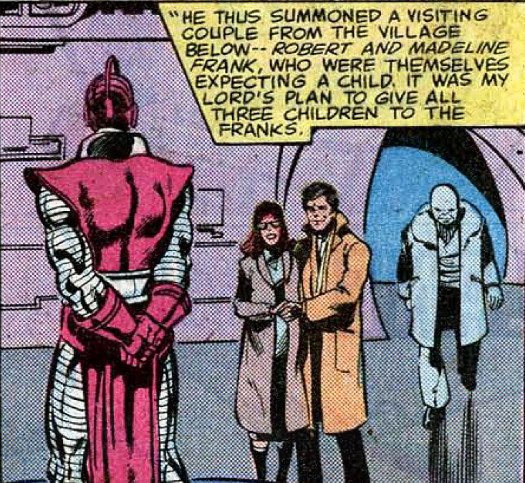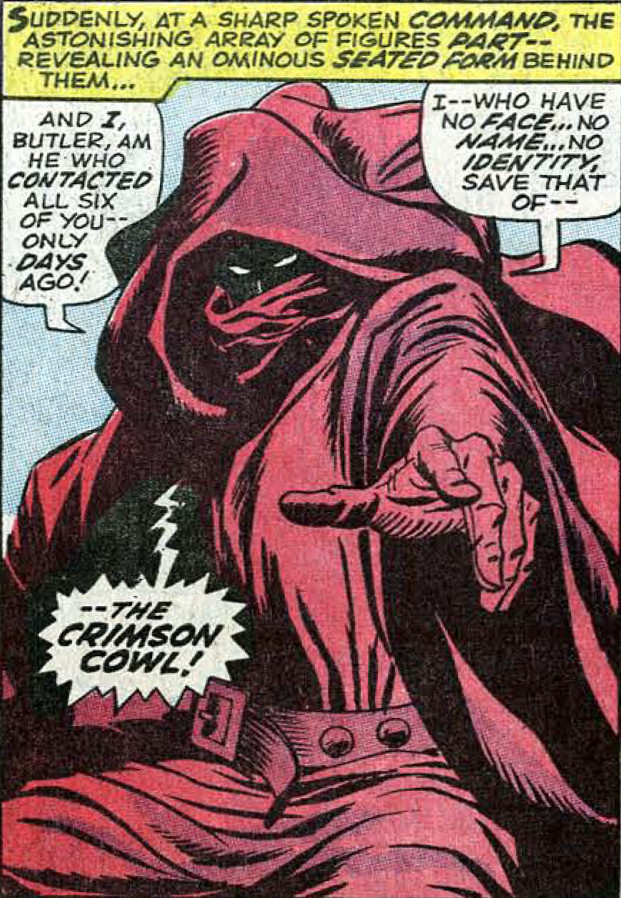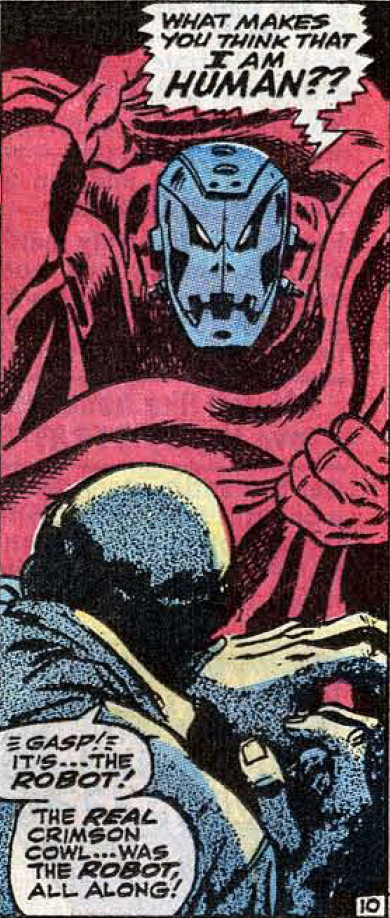Big Trouble Equals Big Fun – Act 1: The Midnight Road
Without a doubt, one of the best movies of the 1980s was John Carpenter’s ‘Big Trouble in Little China’. This offbeat action, horror, comedy, fantasy is hard to match in fun and excitement. From the opening scene with Egg Shen, the enigmatic Chinese sorcerer, to the final glimpse of the Pork Chop Express as it rides off into a torrential downpour, the movie has just the right mix of humor, camp, action, and plot. Since its release in 1986, the story of Jack Burton’s short visit to San Francisco has stood alone. No sequels, no prequels, no television spin off. That is until Boom Comics started publishing the comic by the same name.
For those who haven’t seen the movie I have things to say. First, what is wrong with you? Do you starve yourself of good food, the great outdoors, and human companionship as well? Second, stop reading this now and go out and watch it – I’ll be here when you get back.
Okay, now that we are all on the same page, some comments about the comic.
Brought to you by the creative team of John Carpenter (yes that John Carpenter) & Eric Powell on story and dialog and Brian Churilla as the artist, Big Trouble in Little China is a blast as a comic book. The initial storyline is roughly in three acts with about four issues per act. All the action and favorite characters are there along with a lot more humor, weird, and Jack Burton backstory. We also get to see a lot more hells than just those mentioned in the movie (the Chinese have a lot of hells).
The first act picks up precisely at the moment the movie leaves off. We see the Pork Chop Express fighting its way through rainy northern California weather with an unwelcome hitchhiker
stowed in the back of the rig. Not content to just sit there getting wet, Lo Pan’s demon soon bursts his way into the cab and lunges at Jack. Just as Burton is deciding that his time is up, the creature starts licking his face affectionately
and suddenly a beautiful friendship is born. Dubbing his new pet Pete, Jack decks him out in spare clothes and then promptly turns around and heads back to San Francisco.
When Jack and Pete arrive just in time to attend Wang Chi’s wedding to Miao Lin. At the reception, Egg explains that the bond that Lo Pan had with Pete transferred to Jack when the later killed Lo Pan. Jack and Pete kick around at the buffet table and at this point we are treated to the first of four flashbacks to previous Mrs. Burtons.
It seems that wife #2 became available after she ‘encountered’ Jack in a broom closet at his cousin’s wedding. On pregnancy test and shotgun marriage later, Mr. and Mrs. Burton are enjoying what passes as marital bliss when the bottom falls out. Wife #2 had no bun in the oven and a father, who as the leader of his local cult, is trying to resurrect a Babylonian death god. It seems that Jack is destined to be surrounded by the supernatural. Needless to say a quicky divorce follows.
Just as Wang Chi and Miao Lin are about to start their honeymoon, the Wing Kong crash the party and a full-fledged melee breaks out. The action comes to a screeching halt a few minutes later as a new villain makes the scene.
Deeply annoyed with the fall of Lo Pan, Qiang Wu gives Egg and Jack three days to retrieve the spirit jars of Storms, his brother disciples.
So begins the quest on the midnight/black road (one complaint – the writing staff keeps switching the name). As Pete, Jack, and Egg travel along the midnight road in the Pork Chop Express, we are treated to a whole big plate of strange and, often crude humor.
Along the way, we are treated to the back story for wives #3 and #4.
It seems that the third Mrs. Burton, troubled with the prospect of growing old, joins a band of goth vampires and becomes one of the undead. She comes back for one more marital bed tussle before she ends her human husband’s wife. Lucky for Jack he’s an early riser and that his bedroom window faced east on a sunny day – scratch wife #3.
Mrs. Burton #4 has an even stranger hookup with our romantic lead. It seems that she was a mind controlling gypsy who put her beloved to the sinister task of killing and robbing those hapless souls who came to her to have their fortunes told. Unfortunately for her, the local villages finally have enough and, gathering their torches and pitchforks, put her to a gruesome end – scratch wife #4.
The funniest exchanges occur when they near the lair of the Seven-Faced Widow. Her lair sports a fantastic image of her
but as our heroes soon discover images can be deceiving
Despite coming face-to-face with the Seven-Faced Widow’s impressive stature, Jack remains unfazed and delivers some biting commentary about the state of art on the midnight road.
The widow poses some challenges that the trio must conquer in order to obtain the jars. But Jack, being rather quick in his reflexes and comfortable thinking outside the cultural-sensitivity box, simply steals the jars and heads back to Qiang.
At this point we actually get to hear about Mrs. Burton #1. It seems that she was a beautiful and decent soul and that she dies of some disease or condition. This flash back is about the only poignant note one finds in the series to date but it gives a lot more depth to Jack’s character.
Finally, Egg, Pete, and Jack make it back to our world and deliver their cargo. Once the former Lo Pan fan boy has the jars he quickly reconstitutes the storms
and then brings back a petulant Lo Pan from, get this, the hell of those killed by idiots.
Thus ends act 1. Next week, I’ll cover the new quest to beat back Lo Pan in Act 2. It gets weirder and a lot more fun.

